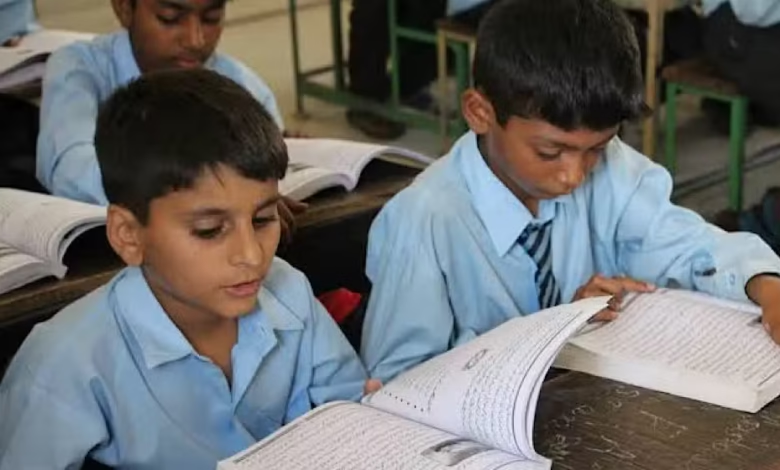Punjab Expands Afternoon School Program to Enhance Rural Education

The Punjab government is taking significant steps to improve education in rural areas by expanding its Afternoon School Program. This initiative aims to provide quality education to students in regions where access to high schools is limited.
Expansion of the Afternoon School Program
Since its inception in 2020, the Afternoon School Program has grown to include nearly 2,000 schools across Punjab. Each district has selected between two to seven rural schools to participate, focusing on areas lacking nearby high schools. This expansion reflects the government’s commitment to making education more accessible to all students.
Monitoring and Implementation
To ensure the program’s success, the Punjab Education Ministry has established special monitoring committees in 43 districts. These committees, composed of selected teachers, are responsible for conducting surprise inspections and submitting performance reports. Notable members include Fahmida Abbasi and Nasir Saleem Satti from Rawalpindi, Muhammad Kashif and Zaheer Matloob from Jhelum, and Muhammad Ubaid Ashfaq, Samer Hussain, and Jahangir Ahmed from Attock.
Privatization and Teacher Rationalization
In a parallel development, the provincial government is proceeding with the privatization of numerous government schools and implementing a comprehensive teacher rationalization process. This restructuring, which began in April and is set to be completed by May 31, aims to address teacher surplus and optimize resource distribution. Surplus educators will be moved to a designated surplus pool.
New Staffing Guidelines
Under the new staffing guidelines:
- Primary Schools: Require one Primary School Head Teacher (PSHT) and one Early Childhood Education (ECE) teacher.
- Teacher Deployment Based on Student-to-Classroom Ratio:
- Up to 70 students (2–3 classrooms): 1 Primary School Teacher (PST)
- 105 students (3–4 classrooms): 1 PST and 1 Headmaster/Senior PST
- 140–175 students (5–6 classrooms): 2 PSTs and 1–2 Senior PSTs
- For every 35 additional students: 1 extra PST
- For every 70 additional students: 1 extra Senior PST
Concerns Among Educators
This rationalization framework has raised concerns among senior primary teachers, who fear potential displacement. However, the government insists that these changes are essential for streamlining public education and ensuring equitable teacher distribution before the summer break begins.
By expanding the Afternoon School Program and implementing these reforms, the Punjab government aims to enhance educational access and quality for students in rural areas, demonstrating a commitment to the future of education in the province.




